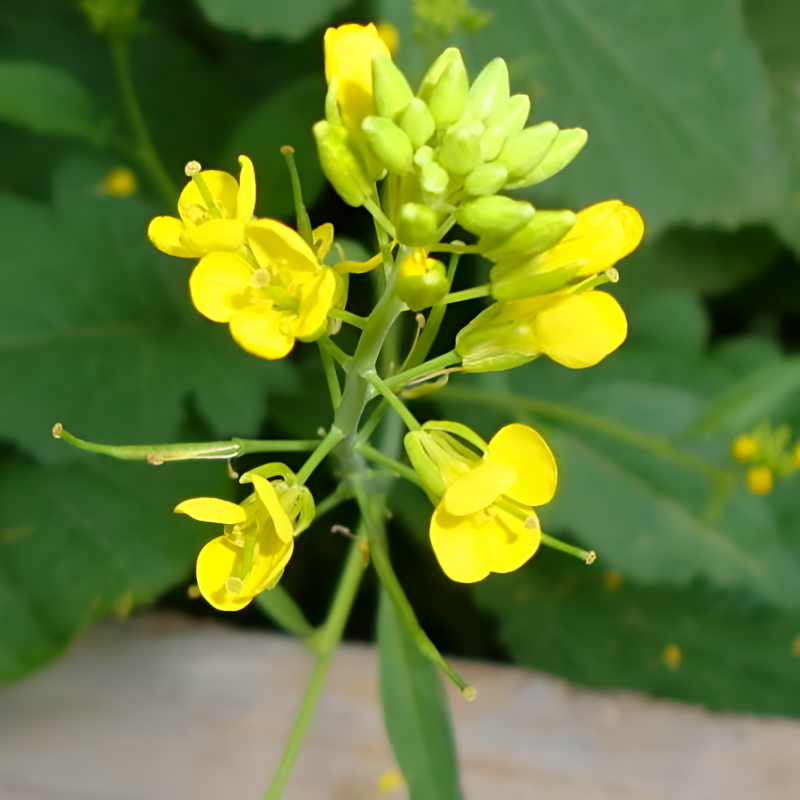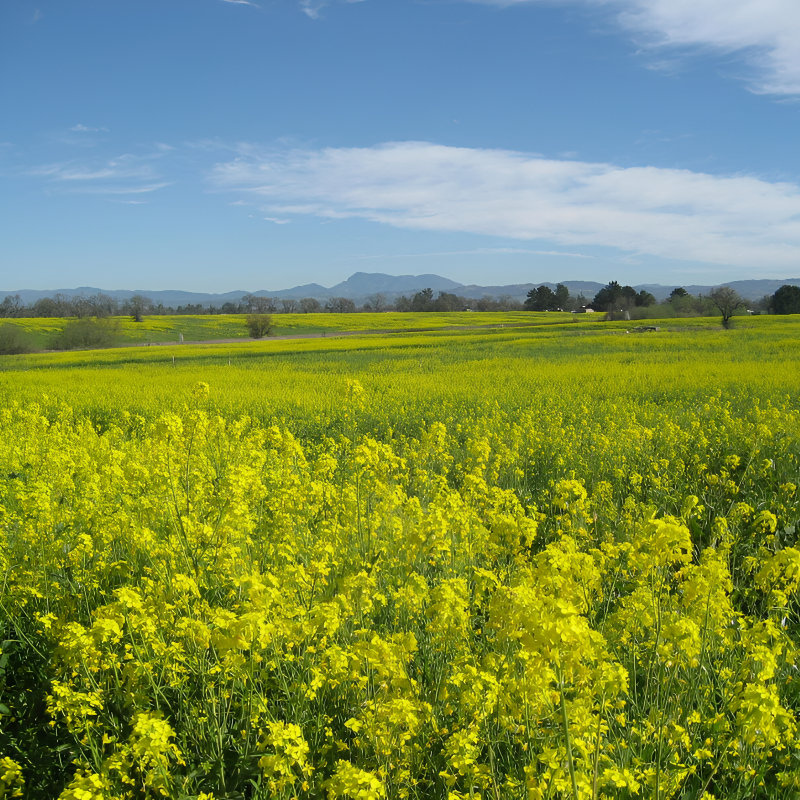- Historical context: Mustard has been cultivated for thousands of years and is one of the oldest recorded spices. It has been used since ancient times in both culinary and medicinal contexts.
- Geographical origination: Mustard plants are believed to have originated in the Mediterranean region and have spread globally due to their versatility and ease of cultivation.
- Relevant cultural significance: Mustard seeds have significant cultural importance in various cuisines, particularly in Indian, Mediterranean, and European cooking. They are also used in religious rituals and traditional medicine.
- Time period of discovery: Mustard seeds have been used since at least 3000 BCE, with evidence of their use found in ancient Sumerian and Egyptian civilizations.
- Original habitat: The original habitat of mustard plants includes temperate regions with well-drained soils, often found in fields and along roadsides.
- Notable historical uses: Historically, mustard seeds have been used for their oil, as a spice, and in traditional medicine for their purported health benefits.
- Ideal temperature range: Mustard plants thrive in temperatures between 50°F to 75°F (10°C to 24°C).
- Soil type: They prefer well-drained, fertile soil with a pH range of 5.5 to 6.8.
- Sunlight requirements: Mustard plants require full sun to partial shade, with at least 6 hours of sunlight per day.
- Watering needs: Regular watering is essential, especially during dry periods. The soil should be kept consistently moist but not waterlogged.
- Planting season: Mustard seeds are best planted in early spring or late summer to avoid the hottest part of the year.
- Germination time: Mustard seeds typically germinate within 4 to 10 days under optimal conditions.
- Growth cycle duration: The growth cycle of mustard plants is relatively short, usually taking about 30 to 60 days from planting to harvest.
- Common pests and diseases: Common pests include aphids, flea beetles, and cabbage worms. Diseases such as downy mildew and white rust can also affect mustard plants.
- Companion planting advice: Good companion plants for mustard include beans, carrots, and onions. Avoid planting near other Brassicas to prevent pest and disease spread.
- Common challenges and solutions: Challenges include pest infestations and fungal diseases. Regular monitoring, proper spacing, and crop rotation can help mitigate these issues.
- Nutritional values: Mustard seeds are rich in protein, fiber, vitamins (A, C, K, and E), and minerals such as calcium, magnesium, and potassium.
- Health benefits: They have anti-inflammatory, antibacterial, and antifungal properties. Mustard seeds are also known to aid digestion, improve metabolism, and support cardiovascular health.
- Culinary uses: Mustard seeds are used to make mustard condiments, spice blends, and pickling spices. They add a pungent flavor to dishes and are a staple in many cuisines.
- Medicinal uses: Traditionally, mustard seeds have been used to treat ailments such as colds, arthritis, and muscle pain. Mustard plasters are a common home remedy for chest congestion.
- Other unique advantages: Mustard plants can be used as cover crops to improve soil health and prevent erosion. They also have biofumigant properties that help control soil-borne pests and diseases.






